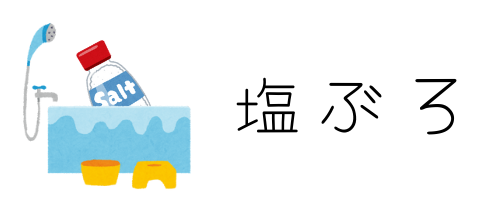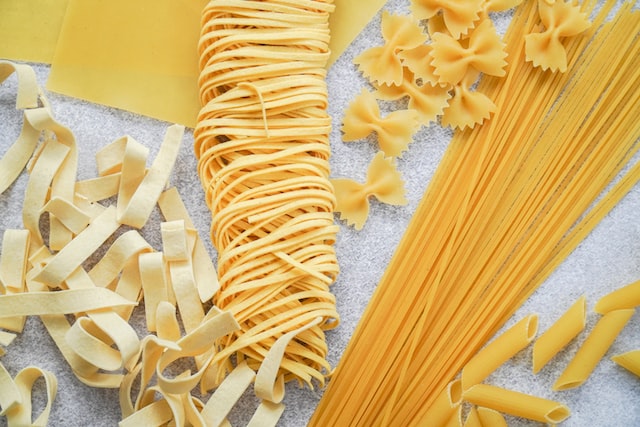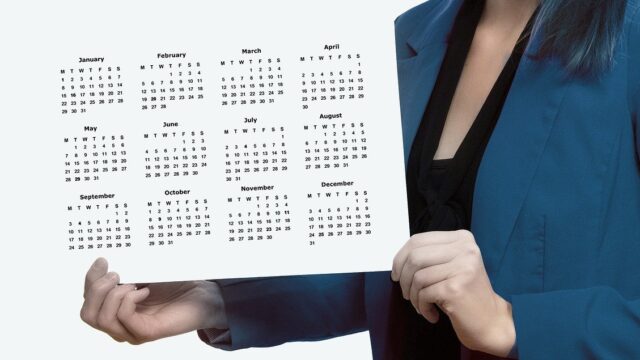ライフハックとしてではなく、英語学習にも極めて有用なのが、著名人が10分程度のプレゼンを行うTEDです。
TED Talksとは、あらゆる分野のエキスパートたちによるプレゼンテーションを無料で視聴できる動画配信サービスのことです。10年ほど前にサービスが開始されてから、政治、心理学、経済、日常生活などの幅広いコンテンツが視聴できることから人気を集めています。
RareJob English Lab
TEDは4000を超える膨大な数の動画があります。しかし慣れないうちは、動画の探し方や視聴のコツが分かりませんよね。この記事では、数多くのTEDを見てきた管理人(塩@saltandshio)が、心を揺さぶられたトークをあらすじと一緒にご紹介します。
ビジネス英会話を効率よく身につけたい方におすすめスクール
シェーン英会話
シェーンは1977年の創業以来、ネイティブ講師が英語を英語で教える「直接教授法」を採用しています。首都圏におけるスクール拠点数は、ネイティブ講師の英会話スクールでNo.1。駅から近いスクールが多いので通いやすく時間を有効に使えます。
スピークバディ パーソナルコーチング
1日1時間の短期集中トレーニングで、あなたの英語力向上をコーチが全力でサポートします。あなたの英語の世界が、劇的に変わります。
パオラ・アントネッリ:なぜパスタにはいろんな形や大きさのがあるのか
晩御飯をどのパスタにするか選ぶときはよく考えて。パスタの形が料理にいかに違いをもたらすか、MOMAの上級学芸員であるパオラ・アントネッリがお教えします(約3分半)。Paola Antonelli / Why pasta comes in all shapes and sizes.
パスタとはなにか
スパゲッティやマカロニ、そしてペンネなど、パスタにはたくさんの種類があります。普段何気なく口にしているパスタですが、そもそもどういう意味なのかご存知でしょうか。
「パスタ」という言葉はラテン語から来ていて、「練り粉」を意味します。水と粉を混ぜるということで形を作れます。
“Pasta” comes from Latin, and it means “paste.” It’s about putting together water and some powder, so that you can actually shape it.
日本では最近、アレルギーを持った人でもパスタが食べられるように、米粉を使ったパスタがお店で売られていますね。ほかにも大豆粉を使う地域もありますが、イタリアではデュラム小麦をよく使います。
個性豊かなパスタの種類
パスタはずっと昔からありましたが、本当に花開くのはルネサンス時代です。さらに、大量生産されるようになったのは17世紀になってからと、わりと最近になって広く世の中に広まった食べ物といえます。
パスタにはまず、生パスタと乾燥パスタの二種類があります。そこからさらに短いか長いか、中が空洞になっているのかいないのかなど、ほんとうに多くの種類があります。
ペンネはみんな知ってますよね? 斜めに切ってあってソースとよく絡みます。
ファルファッレ(蝶)は英語では蝶ネクタイですが、真ん中で摘まんだようになっています。
オレキエッテは小さな耳を意味し、プーリア州の名産で美味しいんです。コンキリエ(貝殻)は、もちろん貝殻型をしています。
Penne — we all know them, right? They are cut at a slanted angle, perfect to pick up some of the sauce.
“Farfalle” means “butterflies,” or how do you call it here, bow ties, because they are, like, pinched in the middle.
“Orecchiette” means “little ears,” and they’re typical from Puglia, and they are delicious. And “conquilla,” shells, and of course, they look like shells.
様々な形があるパスタですが、単に形が面白かったり可愛かったりするわけではありません。じつはそれぞれに意味があり、口に入れた時の触感や舌触りにはじまり、トマトソースに合うのかクリームソースに合うのかなど、その種類と用途は多岐にわたります。パスタの形は、単なる見た目だけの話ではない奥深い世界なのです。
現存しているパスタの形には意味がある
長く残されているパスタの形は、意味があって残っているものばかりです。
偉大なデザイナーと言われる人たちが、パスタの形をデザインしようとして見事に失敗しています。
Many so-called great designers failed miserably, because they tried to impose a shape onto pasta.
フランスのデザイナーであるフィリップ・スタルクが考案した「マンダラ」パスタも、斬新な形のため、茹でると一部は煮崩れ、一部は生煮えになってしまい、見事な失敗パスタとして知られています。
フィリップ・スタルク(Philippe Starck, 1949年1月18日 – )は、フランスのデザイナー。建築・インテリア・家具・食器・出版物・インダストリアルデザイン等さまざまな分野のデザインを総合的に手がける。
Wikipediaより
デザインが優れていれば、美味しいパスタが出来るというわけでは無いのです。
まとめ:パスタは歴代のおばあちゃん達が作り上げたもの
現存しているパスタは昨日今日で作られたものではありません。ボローニャの女性たちや、ナポリのシェフ、そして家庭のおばあちゃん達が何百年も試行錯誤して改良してきた至極の食品なのです。
パスタは1人のデザイナーや発明家によるものではなく、そこが素晴らしいところで、人々のものなんです。
There’s no way to trace pasta back to one designer, one inventor, and that’s the beauty of it. It belongs to the people.
パスタは言ってしまえば、水と炭水化物を合わせた混合物です。しかしそれが、国や地域によって大きく異なり、食文化の土台として成り立っているなんて面白いですね。こんどパスタを召し上がるときは、長いパスタの歴史を感じながら食べてみるのはいかがでしょうか。
英語全文
Food is design. It is design when you compose plates, but it is amazing, even better and most delightful design when it’s about the units.
<全文を読む>▼クリック▼
Pasta existed for centuries, but it really blossomed during the Renaissance. And it’s only later on in the 17th century that it became more mass produced.
Whenever you design an object of any kind, you think of how you want it to perform. So think about the same for pasta. Do you want it to be ribbed or you want it to be smooth? The ribbed ones absorb the sauce better. Do you want them to be round or do you want them to be square? They have a different feel on the palate. Everything is for a reason.
In the amazing taxonomy of the pasta species, there are many different ways to divide it, but one of the basic divisions is between fresh pasta and dry pasta. Dry pasta is always durum wheat flour and water. Fresh pasta could be either that or it could be flour and eggs. Just think of having a dough that you can shape in any way you want. I mean, really, wouldn’t you go crazy?
So fresh and dry, but then, there’s also long and short. And then within those families, there’s even more diversity. Let’s talk about some really classical types of short pasta.
Penne — we all know them, right? They are cut at a slanted angle, perfect to pick up some of the sauce.
“Farfalle” means “butterflies,” or how do you call it here, bow ties, because they are, like, pinched in the middle.
“Orecchiette” means “little ears,” and they’re typical from Puglia, and they are delicious.
And “conquilla,” shells, and of course, they look like shells. They are ribbed, so they scoop up the sauce on the outside and they are smooth on the inside.
Pasta is definitely gorgeous, but the form also is about how it touches the palate, how it touches the tongue, so it’s never just about giving it a shape. When you hone one object across centuries, standards become really, really high.
Many so-called great designers failed miserably, because they tried to impose a shape onto pasta. The great Philippe Starck tried mandala. Some parts of it, the walls, were very thick, and the others were thinner, so when you would boil the pasta, some of it would be completely mushy while part of it was too crunchy and uncooked. So really wrong, but they were not women from Bologna, they were not chefs from Naples, they were not centuries of families of grandmothers that were trying to improve on the thinness of the walls of the pasta.
There’s no way to trace pasta back to one designer, one inventor, and that’s the beauty of it. It belongs to the people. And if you think about it, this simple mixture of a carbohydrate and water becomes the scaffold for a whole culture to be built.
<閉じる>
\ ほかにも気になるトークが満載! /








